Arguably the most famous National Park, the Grand Canyon is definitely one that people can identify from pictures.
One mile deep and ten miles wide, it is home to the million-years-old Colorado River and its iconic red-rocked riverbed. Known for an intensive hiking experience down in the gorge, the Grand Canyon isn’t actually off limits to non-hikers.
Can you see the Grand Canyon without hiking?
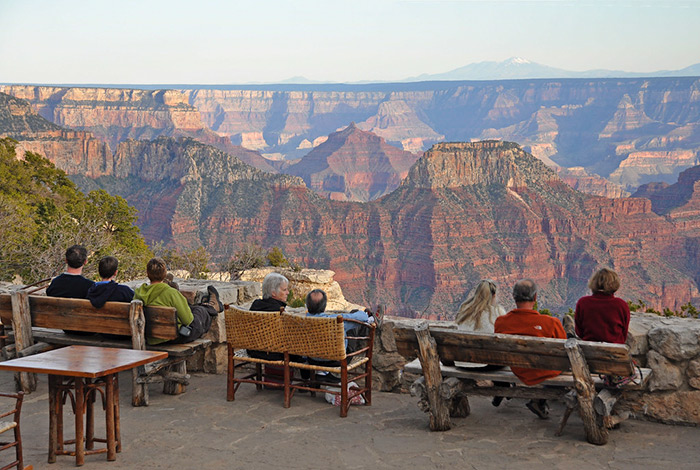
Though most of the allure of the Grand Canyon are the backwoods trails through the majestic canyon itself, it’s not actually necessary to go hiking to enjoy this world renown National Park.
If you’re short on time or not big on rough-and-tumble experiences, it’s possible to visit the canyon by car!
No, you can’t drive down into its ravines, but you can pull up to inspiring viewpoints.
Many of the Grand Canyon’s visitors each year are day-trippers who come for the views as well as the more populated attractions like the famous El Tovar hotel and a variety of galleries and archaeological sites.
Just buckle up and put on your favorite playlist!
Can you just drive up to the Grand Canyon?
Many people drive to the National Park from Vegas or from Phoenix.
There are major routes in to the two Visitor Centers for the Grand Canyon: the North Rim and the South Rim.
The North Rim entrance is off US-89A in northern Arizona.
The South Rim entrance is on Rte 64 which runs north from Interstate 40 from the towns of Williams and Flagstaff. Both entrances offer large parking lots.
The drive doesn’t end at the South Rim, though, as there’s more to explore on four wheels once you’re in the park!
Entry to the park is $35 for private vehicles (only $30 for motorcycles) or $20 for pedestrians.
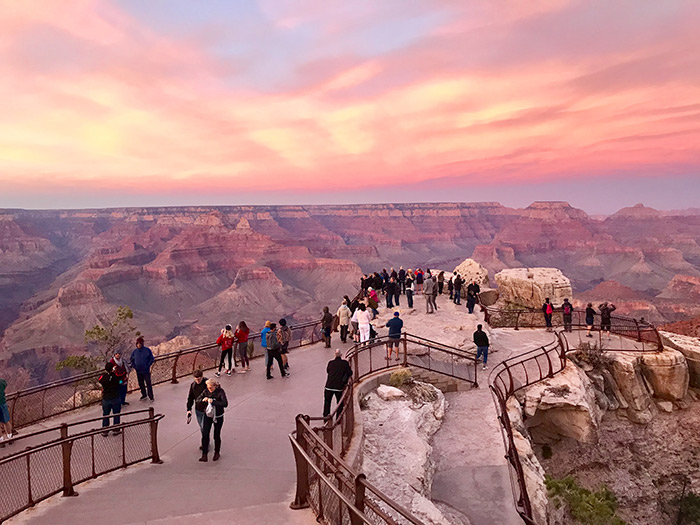
(Mather Point)
It is possible to enjoy the park without hiking and without a car.
You can get to the park as a pedestrian via train and (paid) shuttle bus and, once you’ve paid your entrance fee, there are free shuttles across the park that bring you to the sweet spots.
The best part is that your entry pass is good for seven days so, if you want to spread your trip out over a couple days to experience all the views, you only have to pay once!
Otherwise, if you’ve got a car it’s as easy as driving up to the front gate. Well, there isn’t actually any gate – all the easier!
If you’re anti-hiking, you may also be anti-camping. At the Grand Canyon, this isn’t an issue. Enjoy a multi-day trip without broken tent poles or a sore back.
There are plenty of hotels and lodges on the park grounds as well as in the surrounding towns so that you can sleep in comfort before casually driving to the next big site.
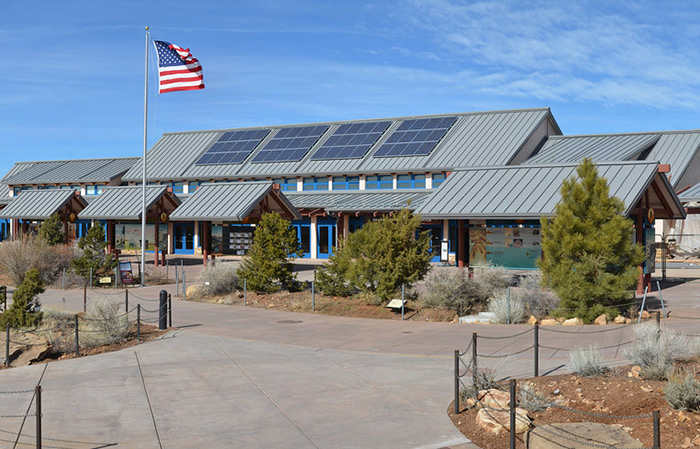
(Grand Canyon Visitor Center)
What do I miss if I don’t hike the Grand Canyon?
Not hiking down into the canyon will mean you miss out on some beautiful views, but some are only a very short path away from the nearest parking, so maybe you’ll reconsider.
One such site you need to hike to is only half a mile off the road from the North Rim. If you can bring yourself to walk the little bit, the Coconino Overlook is worth a stop. The pictures of it blow us away so we can’t imagine what it’s like in real life.
Actually going down into the canyon is without a doubt a different visit. A three hours’ hike north of Grand Canyon Village at the South Rim brings you across one of two suspension bridges that lead to the start of the Phantom Ranch River Trail.
It leads to the eponymous Phantom Ranch, built in the 1920s on the canyon floor as a tourist attraction – one only accessible by hike or raft. The trail to and from the ranch is long and can be intense for some, so you’ll also miss the arduous journey getting there.
In general, the things you’ll miss at the Grand Canyon by not hiking it is the experience. Driving to the main sights and walking down among them are two different vacations.
Neither is better than the other, though. If you’re not big on the outdoors but still appreciate nature, driving the canyon won’t make you miss all that much. Or at least nothing too different than what you see at the rim.
What is there to do besides hiking?
Hiking isn’t the only mode of transport through the Canyon.
Adventuresome visitors can travel the Colorado River by raft. There are several companies that offer guided private tours or group trips. You can travel for a day or even a two week excursion.
If you partake in the river lottery, it’s possible to do a 25 day non-commercial river trip!
Alternatively, if you want to go down into the canyon but you don’t feel like walking: pack up and ride a mule! It’s another option for a single day or an overnight experience.
There are age and weight limits, but these don’t limit popularity – sometimes the mule trips are all booked up the year before.
Other visitors prefer to see the canyon on two wheels.
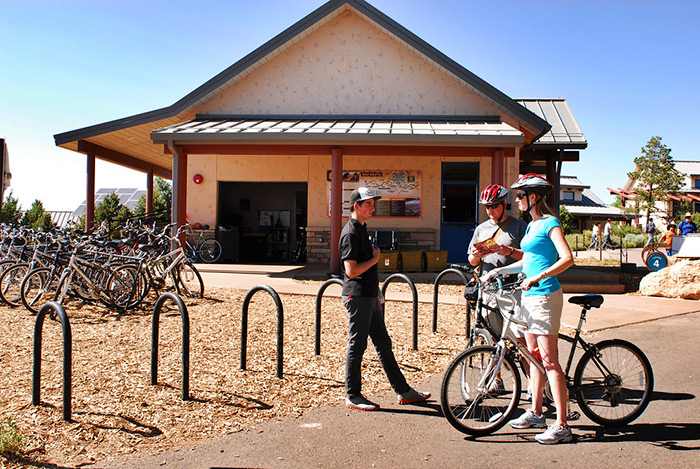
Bicycles are allowed in many areas of the park, though they come with regulations (which you can find here).
Unfortunately, bikes aren’t allowed below the rim of the canyon, so all two-wheeled adventures will take place at 8,000 ft above sea level, the same elevation of the Visitor Center.
Grand Canyon itinerary with no hiking
As most of the major viewpoints have parking lots for close access to the main attraction, there are many options for a no-hike Grand Canyon Visit.
The first and most obvious stop is the Visitor’s Center!
Pay your entry fee and stop in the café for a caffeine buzz to propel you through your day.
Then head up north on S Entrance Rd to park at your first stop, Mather Point, where there is a very short walk to your first canyon viewpoint.
From there, S Entrance Rd loops back down and you pass Yavapai Point, the Village Market, and the Shrine of Ages.
The road then turns into Village Loop Drive which, as its name suggests, circles you past Hopi House and the famous El Tovar Hotel, Mary Coulter’s Lookout Studio and Kolb Studio, then back through the village, eventually returning to the Visitor’s Center.
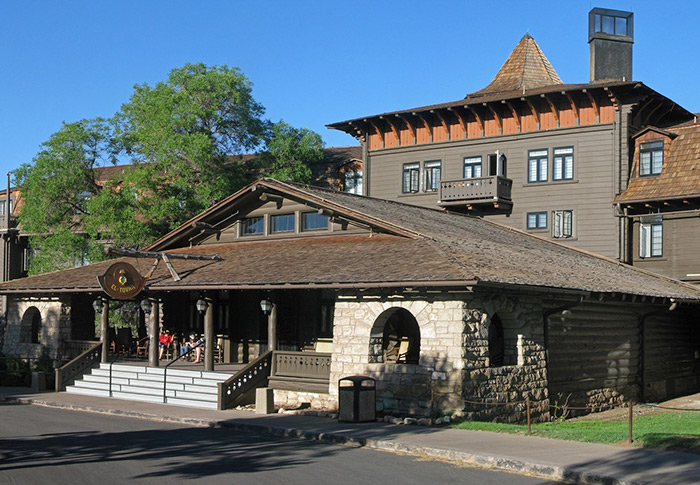
(El Tovar Hotel)
At the far end of Village Loop Drive sprouts Hermit Road which runs for seven scenic miles westward along the canyon.
It has nine specific viewpoints as well as a number of other unnamed overlooks.
Note that from March through November, Hermit Road is limited to park shuttle busses only, no private cars.
You can park your car and hop on the shuttle, getting on and off at your own pace.
Conversely, Desert View Road runs east from the Visitor’s Center and is open to private cars year-round.
It runs for 22 miles more or less parallel to the Colorado River. It ends in the town of Cameron on Hwy 89.
Before it leaves park lands, however, you pass the Tusayan Museum of prehistory and, about halfway, the Desert View Watchtower. Seven stories tall, this early 20th century tower offers breathtaking 360º views.
All the way from the South Rim Visitor’s Center to the tower there are numerous other viewpoints and even some picnic spots to have an al fresco lunch.
Coming from the north?
The Grand Canyon Highway runs south from its junction with 89A, between Fredonia and Bitter Springs to the North Rim entrance.
As it leads you through the Kaibab National Forest, it branches off to Point Imperial and Cape Royal before leading you to the Visitor Center.
Point Imperial offers stunning views while Cape Royal is home to ancestral Puebloan ruins. Depending on the time you have, visit both!
Final Thoughts
Driving to the Grand Canyon is a perfect viable option for vacationers not wanting a dramatic hiking experience.
There are many ways to experience the National Park which are meant to suit all visitors.
Whichever method you prefer to visit this natural wonder, remember to bring layers as well as water and sunscreen – you never know how the weather will change!

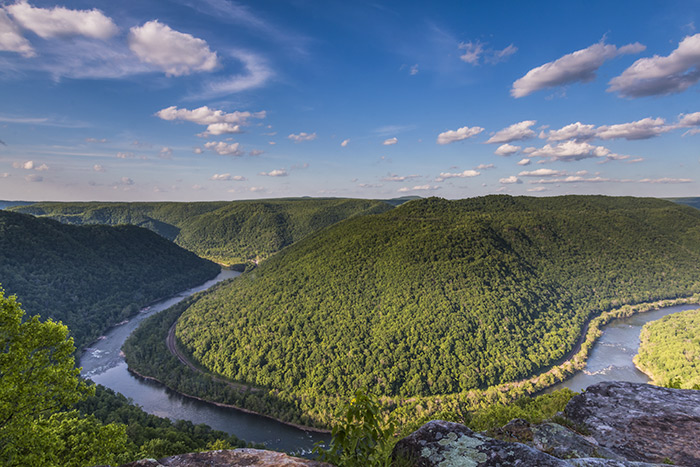
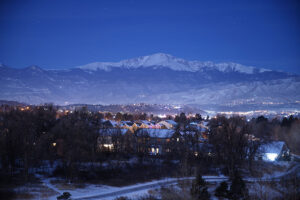
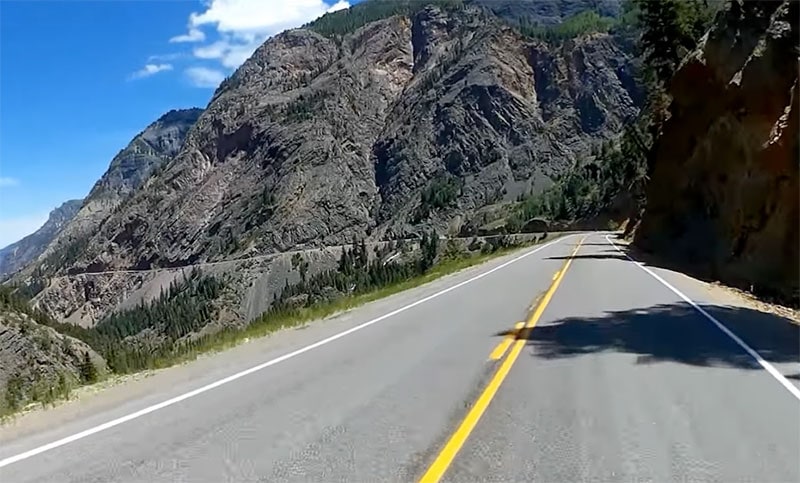
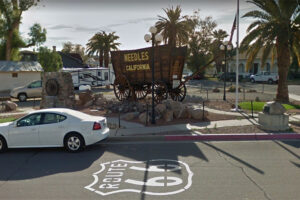
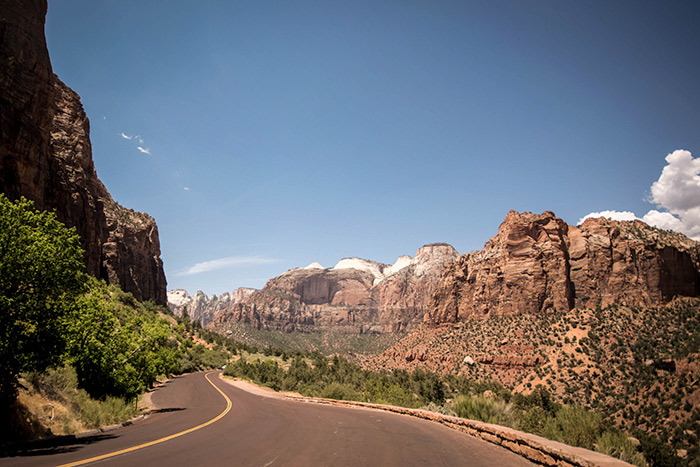

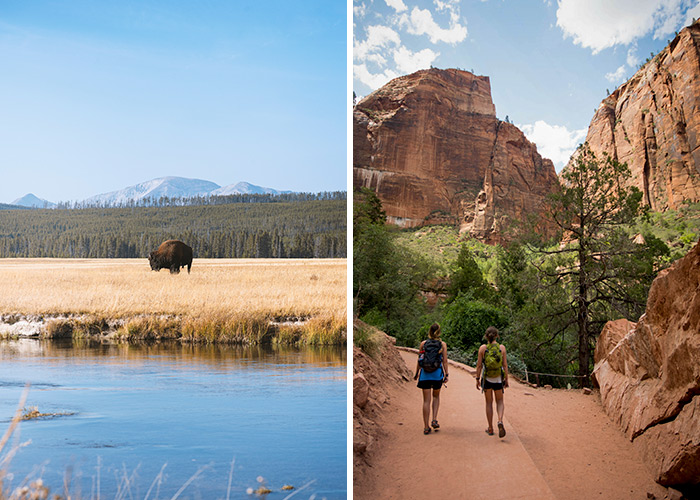
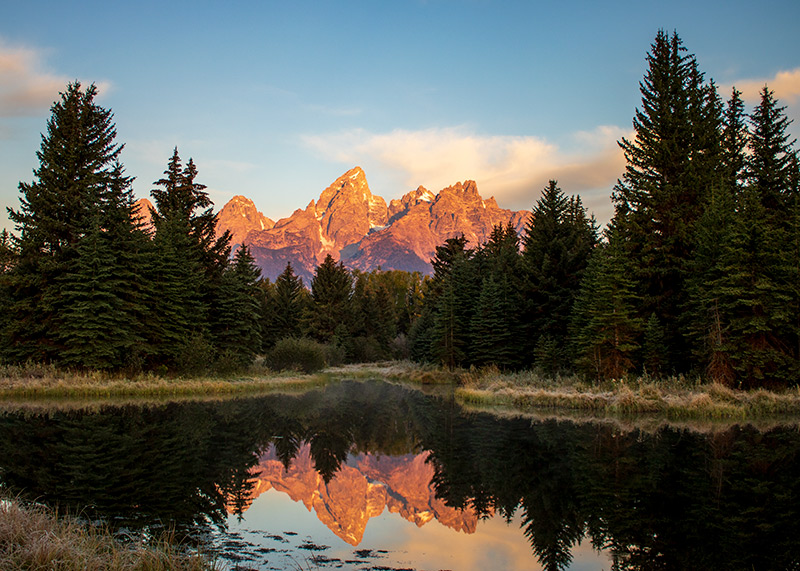
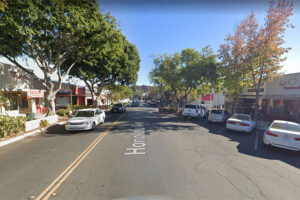
Leave a Reply